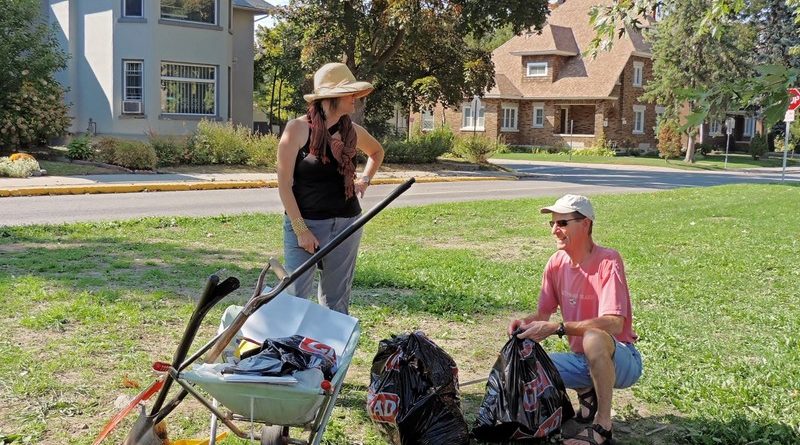The archetypal movement of the squat
Robert Black
The squat movement is as fundamental to human beings as having two legs and is concomitant with having an upright posture. Without it how would we ever get down from the lofty aerial position with our heads floating in “the clouds”? How would we even sit? Not to mention the fact that excretion would become very messy indeed! We perform squats repetitively every day, every time we sit, indeed to some degree every time we need to hinge to break our lordly uprightness. We should be performing squats correctly every time we reach down to pick something up. We do this at various levels all the way down to the ground. Babies and young children squat quite naturally until the reflex is destroyed by growing up in a sedentary culture! Inability to perform a squat, which is meant to be or performed with ease and flexibility, is to be functionally crippled.
We who live in Sandy Hill are graced with living between two waterways, the canal and the Rideau River. While contemplating the latter, one day three summers ago, I communed with a Blue Heron and in an animistic/shamanistic/totemic kind of way came to understand our own human squat movement. The Heron stood on a rock, quite steady and almost motionless on its long spindly legs. I decided to emulate the stance and sustain the same posture in an exchange of “creatureliness.”
The instructions on how to perform a squat correctly are meant as guidelines for bending to your particular anatomical configuration (morphology). Some of the conditions leading to performing squats incorrectly are:
• poor posture,
• trouble with breathing,
• tight hamstrings (a postural pathology),
• inflexibility,
• muscle weakness,
• poor body awareness (proprioception),
• bad circulation,
• an over impressive belly,
• a tenuous sense of balance,
• tensions locked into your body, especially at the ankles and shoulders and neck,
• and all the rest…
These conditions are not excuses for not squatting correctly. These problems need to be taken into account when developing a “perfect” squat.
The relationships to the length of your bones does need to be respected, however.
As the heron stood it would “squat,” although its “knees” bend opposite to ours, it would nevertheless sustain its cantilevered balance position over its gravity line. We also need to fold or bend origami-like along a gravity line that ends hovering around the arches of our feet, the “bubbling springs” of t’ai chi. The joints at our ankles, knees, hips and shoulders counter balance fore and aft of the gravity line to allow for rotation, while the large supporting muscle masses of mid calves, mid thighs fold vertically somewhat like an accordion along the gravity line. A line of tension along the spine from coccyx to the vertex of the cranium (in engineering: a loaded beam), is essential for rotation at the hip joints to protect the vertebrae and intervertebral discs. In other words, no bending at the low back, but rotation on the ball-heads of the femurs. The synchronization of all these parameters allows for the spring or balancing movement of our dance with gravity.
The Quick Squat Guide:
• Stand straight with soft knees,
• Find your balance
• Maintain your feel of balance
• Keep your chin down slightly throughout
• Bend at the ankles, knees and hip joints
The Squat is one of the fundamental movements of the Dance of Daily Activity which should be our basic workout, and performed in a way that enhances, rather than detracts from our health and aging.
Robert Black is an exercise therapist in Sandy Hill

